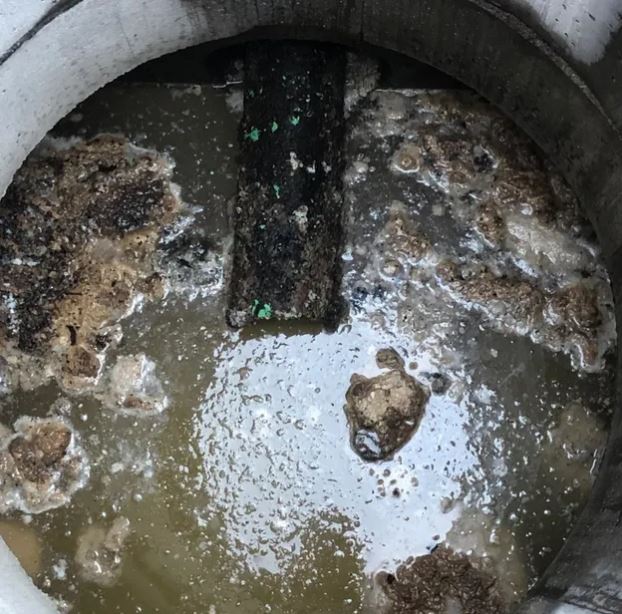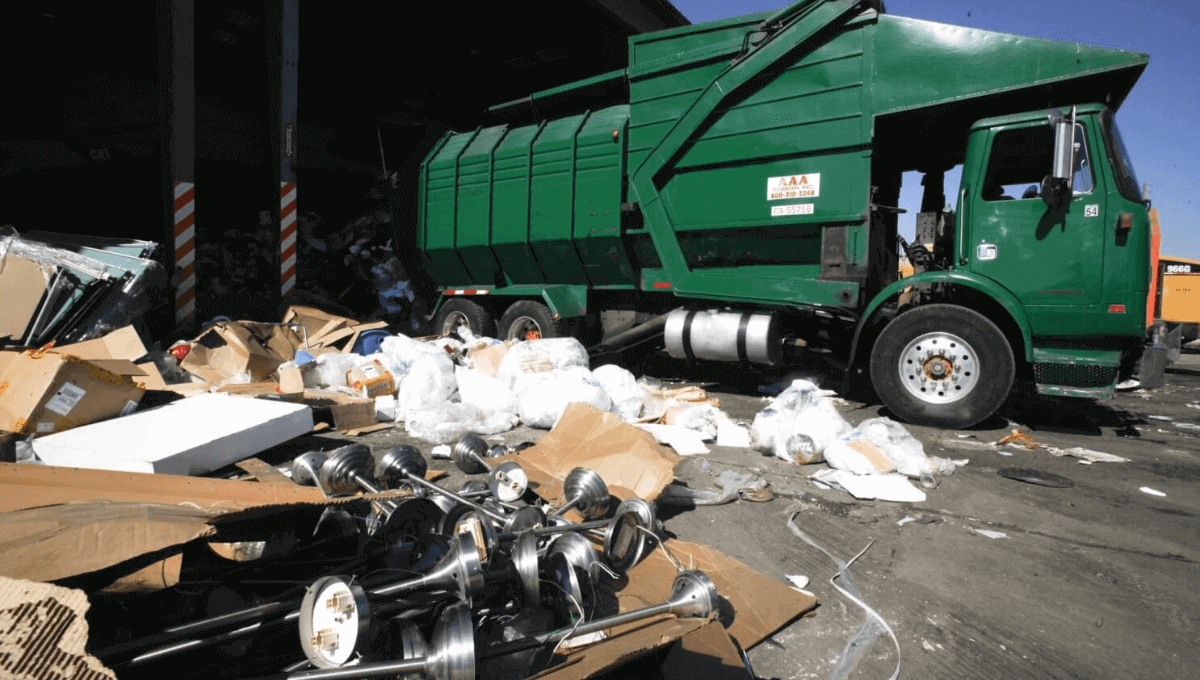Sump pit tanks play a crucial role in managing water accumulation and preventing flooding in basements and crawl spaces. Over time, these tanks can accumulate debris, sediment, and other contaminants, compromising their efficiency. Regular cleaning is essential to maintain the proper functioning of sump pit tanks. In this guide, we explore the top tools and products designed to facilitate effective sump pit tank cleaning.
Understanding the Importance of Sump Pit Tank Maintenance
Before delving into the tools and products, it’s crucial to understand why regular maintenance of sump pit tanks is necessary. These tanks collect excess water and redirect it away from the foundation of a building, preventing water damage and flooding. Without proper maintenance, sump pits can become clogged, leading to malfunctions and potential water damage.
The Risks of Neglecting Sump Pit Tank Cleaning
Reduced Pump Efficiency: Accumulated debris can hinder the performance of the sump pump, leading to reduced efficiency and increased energy consumption.
Odor and Bacterial Growth: Stagnant water in a neglected sump pit can create an environment conducive to the growth of bacteria and unpleasant odors.
Potential System Failure: Continuous neglect may result in pump failure, leaving your property vulnerable to water damage during heavy rainfall or storms.
Essential Tools for Sump Pit Tank Cleaning
1. Sump Pump Switch Repair Kit
The sump pump switch is a critical component that can fail due to debris accumulation. A repair kit allows users to fix or replace faulty switches, ensuring the proper functioning of the pump.
2. Sump Pump Hose and Nozzle Attachment
A high-quality hose and nozzle attachment facilitates the removal of debris from the sump pit. The nozzle allows for targeted cleaning, reaching areas that are difficult to access with conventional methods.
3. Sump Pit Vacuum
Designed specifically for sump pit maintenance, a sump pit vacuum is a powerful tool for removing water, sludge, and debris. Look for models with long hoses and strong suction capabilities.
Products for Effective Sump Pit Tank Cleaning
1. Biodegradable Sump Pit Cleaner
Choose a biodegradable cleaner formulated to break down sludge and organic matter within the sump pit. This eco-friendly solution is safe for the environment and helps prevent the buildup of foul odors.
2. Sump Pit Liner
A durable sump pit liner acts as a protective barrier, preventing debris and sediment from directly contacting the pit’s surfaces. This makes future cleaning efforts more manageable and extends the life of the sump pit.
3. Sump Pit Alarm
Installing a sump pit alarm ensures that you are promptly notified of potential issues. Some alarms are equipped with sensors that detect rising water levels, alerting homeowners to take immediate action and prevent flooding.
Advanced Technologies for Sump Pit Maintenance
1. Smart Sump Pump Systems
Investing in a smart sump pump system with built-in sensors and connectivity features allows for real-time monitoring. Users can receive alerts on their smartphones, providing peace of mind and enabling proactive maintenance.
2. Sump Pit Cameras
For a visual assessment of the sump pit’s condition, consider installing a sump pit camera. This advanced technology allows homeowners to inspect the pit remotely, identifying potential issues without physical intervention.
Tips for Efficient Sump Pit Tank Cleaning
Regular Inspection: Perform visual inspections of the sump pit to identify any visible issues, such as debris accumulation or pump malfunctions.
Scheduled Maintenance: Establish a routine maintenance schedule, especially before the rainy season, to ensure that the sump pit is in optimal condition.
Keep Surrounding Areas Clear: Trim vegetation and remove debris from the area surrounding the sump pit to prevent foreign objects from entering.
Understanding the Sump Pit
Before delving into the common mistakes associated with sump pit cleaning, it’s essential to have a clear understanding of the sump pit’s role. A sump pit is a small, typically underground container designed to collect excess water and prevent it from flooding your basement. Inside the sump pit, there’s a sump pump, which is responsible for removing the collected water and directing it away from your home. Here are some key components of the sump pit:
Sump Pump: The heart of the sump pit, the sump pump is an electric device that pumps water out of the pit when the water level rises, preventing flooding.
Float Switch: The float switch is a sensor that activates the sump pump when water reaches a certain level in the pit.
Check Valve: The check valve prevents water from flowing back into the pit once it’s been pumped out.
Common Mistakes During Sump Pit Cleaning
Neglecting Regular Maintenance: One of the most common mistakes homeowners make is neglecting regular sump pit maintenance. Waiting until a problem arises can result in costly repairs and potential basement flooding. Routine maintenance should include cleaning the sump pit and testing the sump pump.
Failure to Disconnect Power: It’s crucial to disconnect the sump pump from its power source before starting the cleaning process. Failing to do so can lead to electrical hazards, especially if water is present.
Ignoring Safety Precautions: Sump pits can be cramped, dark spaces, and it’s essential to take safety precautions. This includes using appropriate lighting, wearing protective gear, and ensuring proper ventilation if you’re using cleaning agents.
Improper Disposal of Debris: Some homeowners may dispose of debris, sediment, or water from the sump pit inappropriately, such as pouring it down household drains or into the yard. This can lead to clogs and contamination, causing plumbing issues and environmental concerns.
Inadequate Cleaning: Cleaning the Kitchen Hood Cleaning is not just about removing visible debris. Sediment and mineral buildup on the pit’s walls and pump components can affect its efficiency. Simply scooping out the visible debris may not be sufficient.
Overlooking Pump Inspection: During sump pit cleaning, it’s essential to inspect the sump pump for wear, damage, or blockages. Failing to do so can result in a non-functioning pump when you need it most.
Improper Reassembly: If you disassemble any part of the sump pit or pump during cleaning, it’s vital to reassemble it correctly. Failing to do so can lead to leaks, inefficiency, and damage.
Neglecting Float Switch Maintenance: The float switch is a crucial component that triggers the sump pump when the water level rises. Neglecting to clean or maintain it can lead to pump malfunctions and failure to remove excess water.
Relying Solely on DIY Cleaning: While some homeowners can perform sump pit cleaning themselves, others may lack the necessary tools, knowledge, or physical capabilities. Attempting a DIY approach without the requisite skills can result in mistakes or incomplete cleaning.
Ignoring Signs of Problems: Neglecting the sump pit and pump can result in a failure to identify warning signs of issues. Unusual noises, frequent cycling, or water not being discharged correctly are indicators that something may be wrong and requires attention.
Conclusion
Effective Hood Cleaning Service is a vital aspect of home maintenance that safeguards against potential water damage and flooding. By utilizing the top tools, products, and advanced technologies outlined in this guide, homeowners can ensure the longevity and optimal performance of their sump pit systems. Regular maintenance, coupled with the right equipment, not only prevents costly repairs but also provides peace of mind, knowing that your property is protected against water-related risks.




